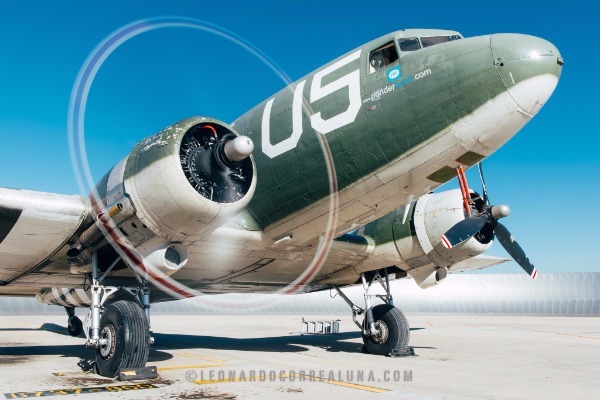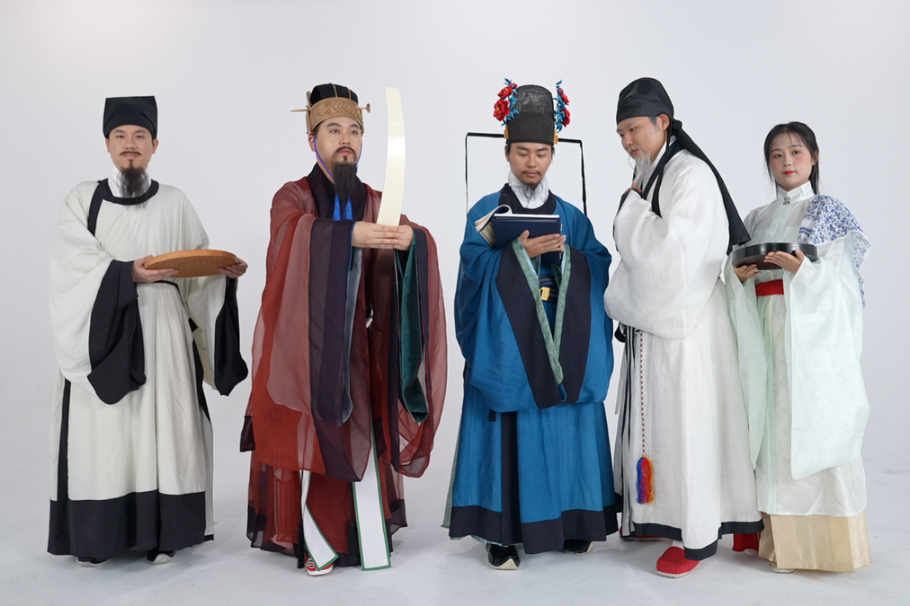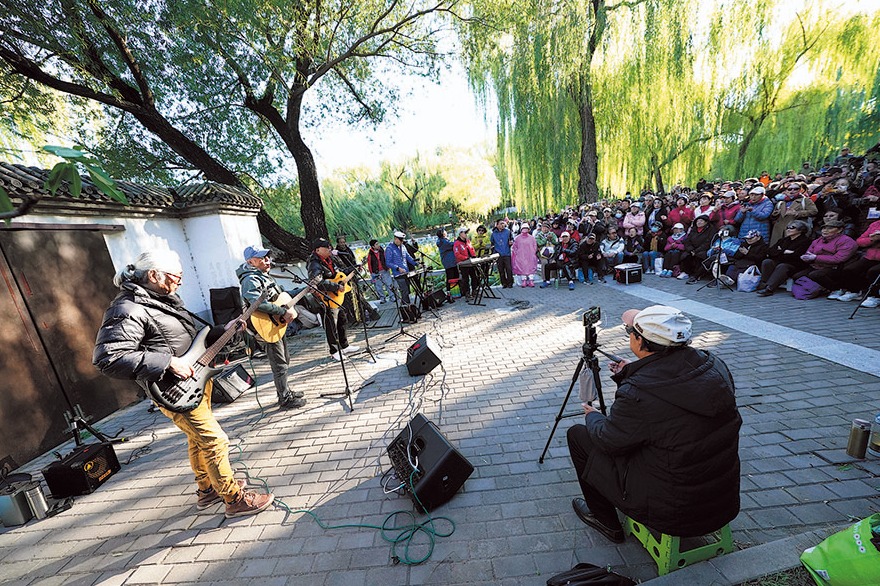Along for the bumpy ride


Originally referred to as the "India-China ferry", the airlift operation began in April 1942 and ended in August 1945, and was regarded as the first sustained, long range, military aerial supply line in history.
Because the air route straddled the high mountain ranges on the eastern fringes of the Himalayas on the border of China, India and Myanmar nicknamed the "hump", flyers like Vinyard were known as "hump pilots".
US general William H. Tunner, who has commanded the operation, described the significance of the India-China airlift in his book Over the Hump.
"Once the airlift got underway, every drop of fuel, every weapon, and every round of ammunition, and 100 percent of such diverse supplies as carbon paper and C-rations, every item used by the American forces in China were flown in by air.
"Never in the history of transportation had any community been supplied such a large proportion of its needs by air … After the Hump, those of us who had developed an expertise in air transportation knew that we could fly anything, anywhere, anytime."
The round trip starting from the Assam in India to different bases scattered across southwestern China took between six and seven hours, and the mission had a high casualty rate due to unpredictable weather, difficult navigation and attacks from Japanese fighters.
"We had a weather bureau to check with before we flew, but it didn't cover the Hump. We were doing it from talking to people who had just flown back," Vinyard says.
"When I got ready to go, I usually asked a pilot who just came in and he told me what he had over the Hump an hour before. But even that changed."
The Hump Pilot Association, a nonprofit organization founded by the veterans of the operation, says on its website that records from the operation's search-and-rescue office show that records about 509 aircraft that crashed were classified as "closed", while records about 81 lost aircraft were labeled "open", 1,314 crew members were known to be dead, and 345 aircrew were declared still missing.
Successfully flying over the Hump 174 times during his service in the China-Burma-India theater, Vinyard considered himself lucky to be among the living.
"We lived in tents in groups of four and every once in a while you came back from a flight and found out that one of the beds was empty. And we knew that a roommate had died in flight, and that the quartermaster had taken the clothes away to send them home to the family," he recalls.




































